Hybrid vs Native Mobile App Development, Which is better
Hybrid vs Native Mobile App Development,
For those of you who want to build a mobile app for your business, you may have come across some different options during your preliminary research.You realized that not all development methods are the same and you have a couple of different ways to approach development.Hybrid vs. native.Which one is better?
mobile app development in australia
As an industry expert who has built both types of mobile apps and helped other people do the same, I can give you the information that you need to decide for yourself.The truth is, there’s not a black and white answer here.Since everyone has a unique situation, you’ll have to decide for yourself.First, let’s me explain exactly what these two different terms mean.Native apps are developed for a specific operating system.
Therefore, they follow certain guidelines that ultimately enhance the user experience.People who use the app can typically navigate through the app faster.It’s also easier for native apps to access some of the built in components of the user’s device, such as the camera, GPS, or contacts list.Hybrid apps look and function the same way as a native app, but it’s built on the web using JavaScript and HTML5.
They can work on multiple platforms since they are written using just one programming language.So before you start building your app, you’ll have to decide which one of these two routes you’re going to take.It’s an important decision that can impact how consumers react to their experience using your app.
But only recent technology has allowed them to advance from both the developer and user perspectives.I’ll go into some greater detail about both types of apps to help you make an educated decision.
So earlier I briefly discussed some of the positive aspects of developing a native app.With that in mind, there are definitely some drawbacks of going this route as well.Here are some of the negative associations with native apps.
Only work on one operating system
When you’re building a native app, you have to decide which operating system you’re going to launch on.You can develop an Android app for the Google Play Store or build an iOS app for the Apple App Store.So if you want to launch a native app on both platforms, you’ll have to develop the entire thing twice.You’ll have to start from scratch with coding and development if you plan to launch on the Android platform after building an iOS app.
With all of the time, effort, and money involved with app development – it can end up taking years for you to get your native app launched and functioning on both platforms.It’s a tough way to get a fast return on your significant investment that way, but we’ll talk more about the costs associated with development later.If you’re forced to make a decision between the two platforms, it could make or break the success of your app.
There are distinct differences in the demographic characteristics between iOS and Android users.Launching on a platform that doesn’t speak to your target audience can drastically impact your customer acquisition cost.If that number is too high, it could put your company in jeopardy of going out of business.To minimize that risk, you’ll have to do extensive marketing research to figure out which operating system is better for your brand’s image.It’s not a simple process.
Native Mobile App Development
Takes a long time to code
There’s only one way to build native apps.Do you know how to write code for mobile apps?Most people don’t.So you’ve got some different options to consider here as well.You can take the time and learn how to code yourself.How hard can it be, right?While I admire your ambition, I wouldn’t suggest this route.It’s not rocket science, but it’s not easy either.Learning this new skill will take a long time and then actually writing the code will take even longer.Plus if you learn the basics of coding and want to develop the app yourself, it’s going to be pretty limited and definitely have some bugs and glitches.
Trust me – I know from experience.So if you’re not going to code the app yourself, you’ll need to hire someone to do it for you.But that’s not an overnight process.Whether you hire a freelance developer, small development shop, or large company to build the app for you, the code will take them a long time to write as well.Here’s an example from the Codementor.Based on their estimations, it could take up to 985 hours to write code for an app that’s similar to Instagram.
Assuming the person or company you hire spends 8 hours a day for 5 days a week working on this (which they won’t, because they have other projects to do as well), it would take about 25 weeks to finish.This estimation doesn’t include any administrative dashboard features or UI/UX designs, which would bring the total estimated time up to 1220 hours.
That’s over 30 weeks to develop.Again, that’s assuming your developer works solely on your app during the entire duration of their work week, which is highly unlikely.In reality, this would probably take closer to a year to get built.And that’s just on one platform.This is definitely not an ideal scenario for everyone.This timeline can obviously vary based on the complexity of your app design, which means it could take even longer to code.
Require complicated maintenance
Launching an app isn’t over once development is finished.You’ve got to maintain the app to keep it functional and give users an optimal experience.As we saw in that graphic earlier, negative experiences with an app’s performance can cause nearly half of users to use the app less frequently and 34% of people to switch to another app completely.
So you can’t neglect regular app maintenance.The problem with this maintenance is that it’s not easy, especially if you have a more complicated app.We just talked about how long it takes to code an app, well how do you think changes get made?So this takes even more time if the code is complex.It will leave your app more vulnerable to glitches that last longer because they can’t get found and fixed right away.Take a look at how much it will cost you to perform maintenance on your native app in just the first year, on average.
So the burden of dumping money into your app isn’t over after development either.Almost 20% of native apps cost over $25,000 in maintenance in the first year of the launch date.Numbers that high can’t be ignored.The reason for this is because of the complexity involved in the process.
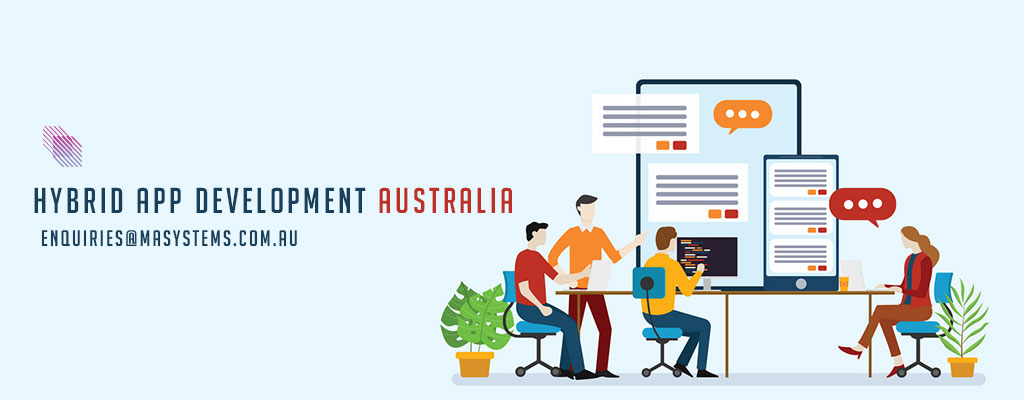
Let’s piggyback off of our last couple points.Building a native app also requires you to learn specialized code languages.What do I mean by this?Basically, the majority of the terms you’re going to hear throughout the process are words and phrases that you’ve never heard before – unless you’re an experienced developer.This complicates things even more.
It creates a language barrier between the developer and the client (you).There ends up being a learning curve for you to even be able to communicate your wants and needs to the developer.This also goes back to what I was saying earlier about learning how to code the app yourself.You’ve got to add a new arsenal of terms to your vocabulary before you get started.
EXPENSIVE
If you look back at everything we just talked about regarding the pitfalls of native apps, they are all leading towards one common denominator.Building a native app is expensive.There’s really no other way to put it.If you’re hiring a developer in Australia, you can expect to pay around $100 per hour for their services.That’s $100 per hour for what could be over a year of development.Not cheap.Plus, we just saw that regular maintenance of your app could cost up to an additional $25,000 per year.
While major corporations may be able to afford this, these figures just aren’t reasonable for most people and small businesses.Furthermore, these numbers are limited to just one operating system.So you can expect to pay even more than that if you’re planning to develop, launch, and maintain an app on both the Google Play Store and Apple App Store.
If you thought that building your first app on the iOS platform was expensive, just wait until you go through the Android process.Android apps cost about 30% more to develop than iOS apps.That doesn’t mean you can just ignore the Android software because of the price.While the split between Android and iOS mobile users in the United States is relatively even, Android dominates the global market share, owning about 80% to 90% of users.So if you’re planning to develop a native app, you can expect to pay big bucks.
Benefits of Hybrid apps
While hybrid apps aren’t perfect, there is plenty of upside to developing an app this way.Hybrid apps shine in the areas where we saw some pitfalls with native app development.Here are some more details about this method.
Work on every operating system
Unlike its native counterparts, hybrid apps work on both iOS and Android operating systems.Which means you won’t have to build the same app twice if you want your app to be available on both the Apple App Store and Google Play Store.This is huge.We just finished discussing the importance of being on both platforms.Now you can reach users with different demographics from all over the world.You won’t have to worry about the marketing nightmare of trying to figure out which operating system to develop first based on your target audience.Both can get launched simultaneously.
This is essential for your company’s brand awareness strategy.Ultimately, your availability on both platforms will make it easy for your app to grow and prosper.You’ll get more downloads, which can translate to an increase in revenue.
Those downloads will also help get you more ratings and reviews on each respective app store, which all impact your search ranking.It’s a cycle.The higher your search ranking, the more downloads you’ll get.
Quick to code, build, and test
Developing a hybrid app can get done in just a fraction of the time it takes to build a native app.That’s because the coding isn’t complicated and it’s completely web based.You don’t even need to learn how to code if you want to build a hybrid app on your own.The hybrid building process is so easy that one person can do it.Rather than learning how to code, you just need some practice getting acclimated to the platform you’re using to the build the app.
Hybrid apps are also ideal in terms of testing different versions of your app.Because there’s no complicated coding involved, you can easily change design elements and get beta testers to see which components enhance the user experience.Worst case scenario is that you find our your app isn’t great based on the beta testing feedback.But you didn’t have to spend too much time or money on this, so it’s not the end of the world.You can just make adjustments and move on.
Easy to make design changes and updates
Earlier I explained how coding makes it difficult for native app developers to make changes and updates.Well, it’s the complete opposite with hybrid apps.Since everything is on the same platform, you won’t have to do things twice for each operating system whenever you want to make changes.This also benefits the user.Here’s why.Let’s say an app has a glitch, bug, or needs some kind of enhancement.This happens more often than you might think.
If it’s a native app, the user won’t see the changes unless they update the newest version via the app store.So if the user isn’t someone who regularly updates the apps on their device, they’ll continue to experience problems and won’t have the newest version of your app unless they manually download it.
This can cause customer satisfaction problems and negatively impact your bottom line.None of this will happen when you make updates with a hybrid app.If you make an update on a page that gets loaded from a server, the user will get the update as soon as open and connect to your app on their device.This holds true for phones and tablets on both iOS and Android platforms.
Everyone already knows the coding languages
You won’t need to use an IT dictionary to understand the basic concepts of building a hybrid app.Since you’re not doing any complicated coding, everything is laid out in terms that you can understand.This makes it easier for the average person without a technical background to build a hybrid app.Here’s what I mean.
Let’s take a look at one of the first steps you’ll go through if you’re building a hybrid app on the ma systems platform.Is there anything on here that you don’t understand?All of the steps are in clear English with common terminology.Just follow the simple instructions on the screen to proceed and watch your app get built in real time.You can work within a pre-designed template and make any customized changes, so your app is unique.That way the final product will look exactly the way you imaged it.
AFFORDABLE
You can build a hybrid app for just a fraction of the cost of a native app.It’s not necessary to hire an expensive developer to write your code.Hybrid apps can be built by you or someone else on your staff.Remember the average cost to develop a native app in North America that we saw earlier?Let me refresh your memory.It was $100 per hour.The cost to develop a hybrid app through a platform like masystems starts at just $59 per month.I think it’s safe to say that this is a much more reasonable and realistic figure for you.At the bare minimum, it’s at least worth a try.It’s not like it’s an investment that’s going to tie up all of your company’s capital.
What’s best for you?
At the end of the day, the decision is completely yours.I can’t decide what the best choice is for your company.There are definitely some positive aspects of developing a native app.But with that said, there are just so many pitfalls that come with it.Native apps only work on one operating system, so you’re forced to choose between iOS and Android.
Sure, you can develop one of each.But the cost of one is pricey enough. Imagine the financial burden of going through that twice.Unlike native apps, hybrid development is much quicker.There’s no complicated coding process or complex languages to learn.
It’s easier to identify, modify, and install updates as well.Users can see these updates without having to download the newest version of your app on their devices.Consider using masystems platform to launch your app if you think that hybrid development is the best option for you.I know I’m biased, but masystems is so easy to use and you can’t argue with the results. It helps you:
- Get the app to market faster
- Launch on any operating system
- Save time
- Save money
- Minimize risk
- Maintain and modify your app after development
If you don’t want to build it on your own, the masystems Pro Services team can build the app for you.Just let them know what you’re looking for, and they will take care of the rest.How will you use the money saved from developing a hybrid app instead of a native app?
Not sure what to use? Don’t worry, just flick us an email at enquiries@masystems.com.au and we will assist you make the best decision! Remember our consultation service is absolutely free.






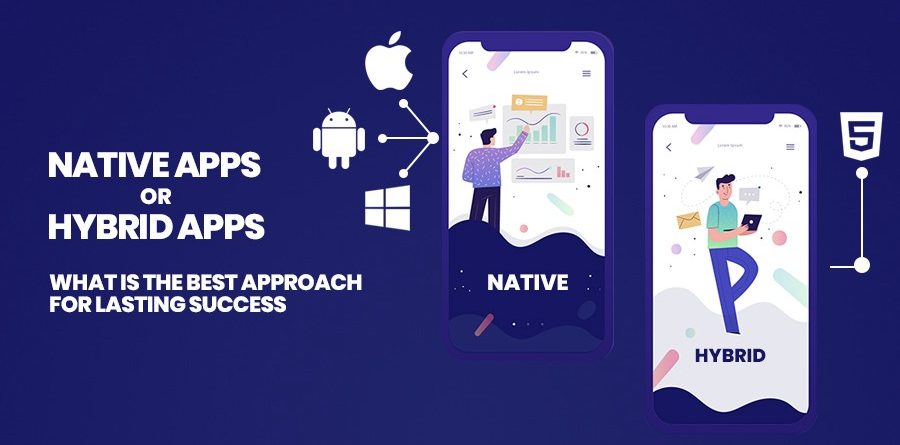
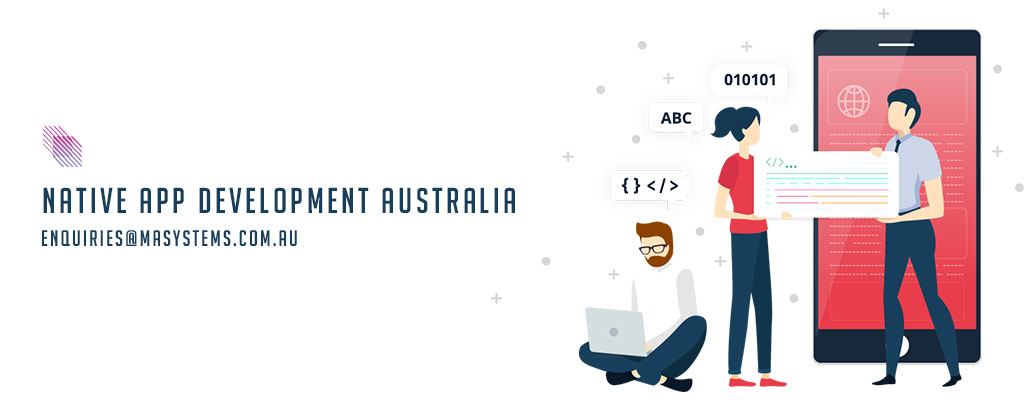
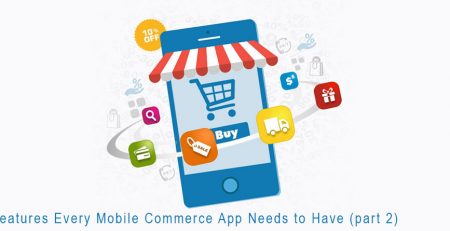
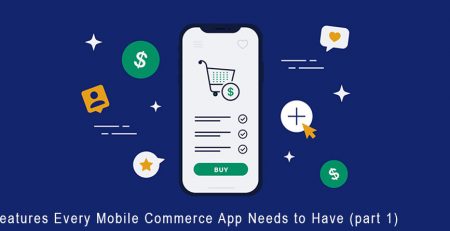
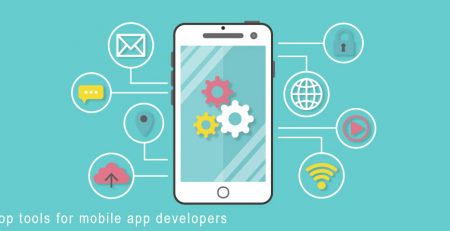
Leave a Reply